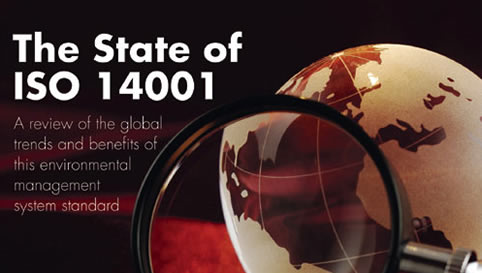
The term “global” is ubiquitous in our daily lives. Like the economy, human rights, and peace, the environment is often discussed in global terms because that’s the only way to bring about profound change. Now, global warming--even though its full extent is unknown--has brought a sense of urgency to improving the environment.
The International Organization for Standardization (ISO) brings together stakeholders from around the globe to develop international standards that provide structured means to systematically manage improvement. ISO 14001--”Environmental Management Systems--Requirements,” along with a separate guidance document for its use, is the basic environmental management system ( EMS) standard being implemented globally to help manage environmental aspects of an organization. An EMS can be an effective tool in maintaining compliance with regulatory and other requirements, preventing pollution, and driving continuous improvement.
…
Comments
Add new comment